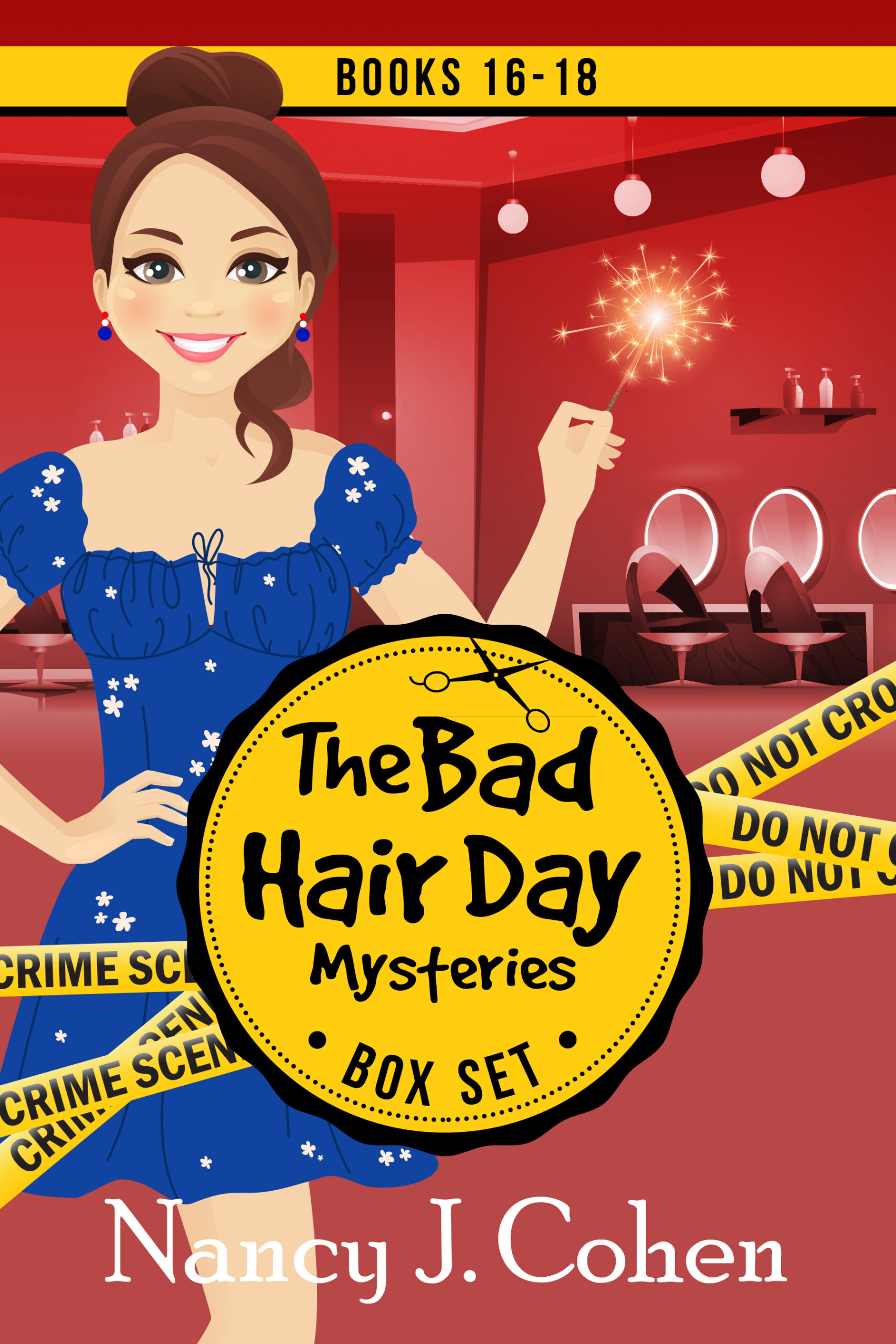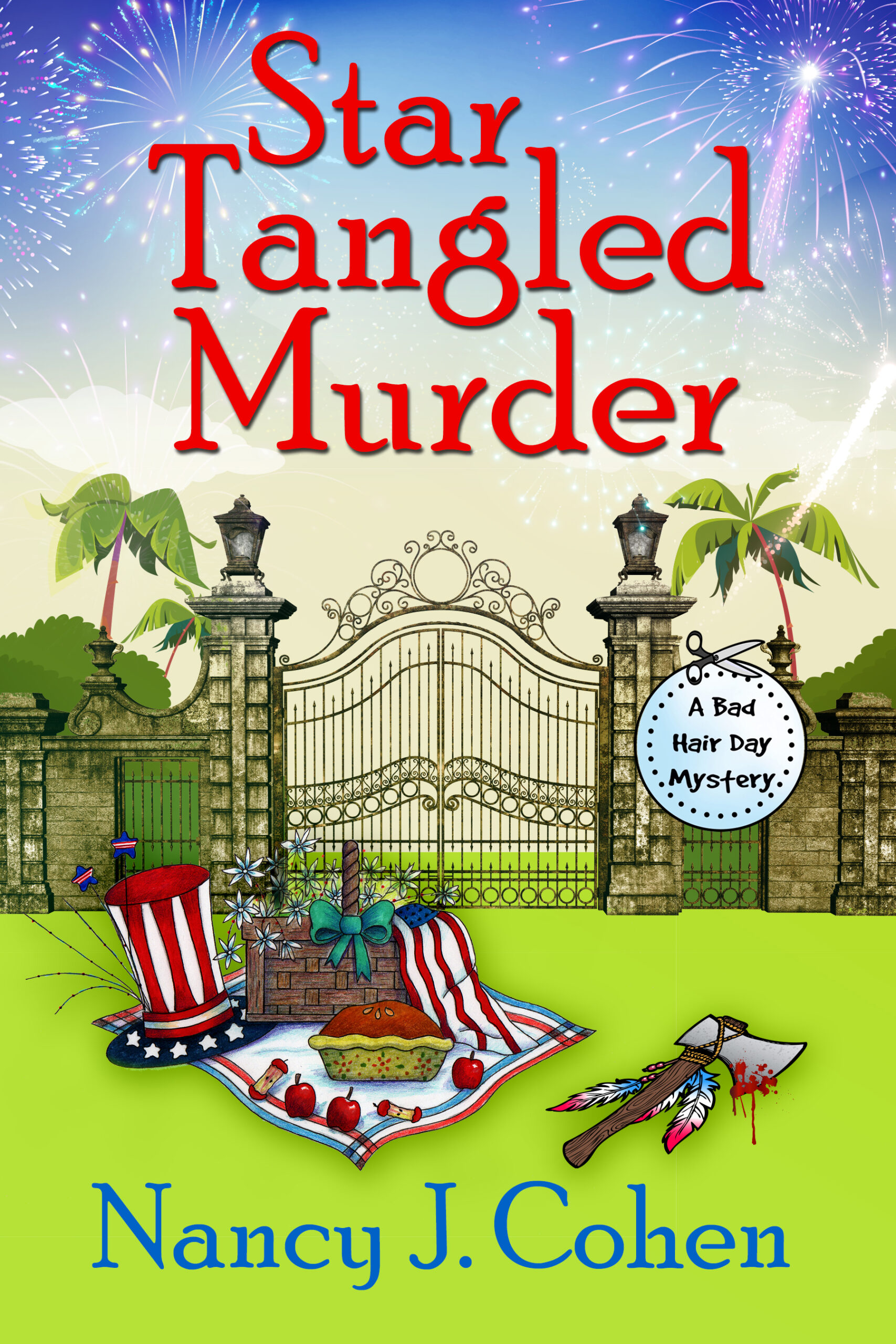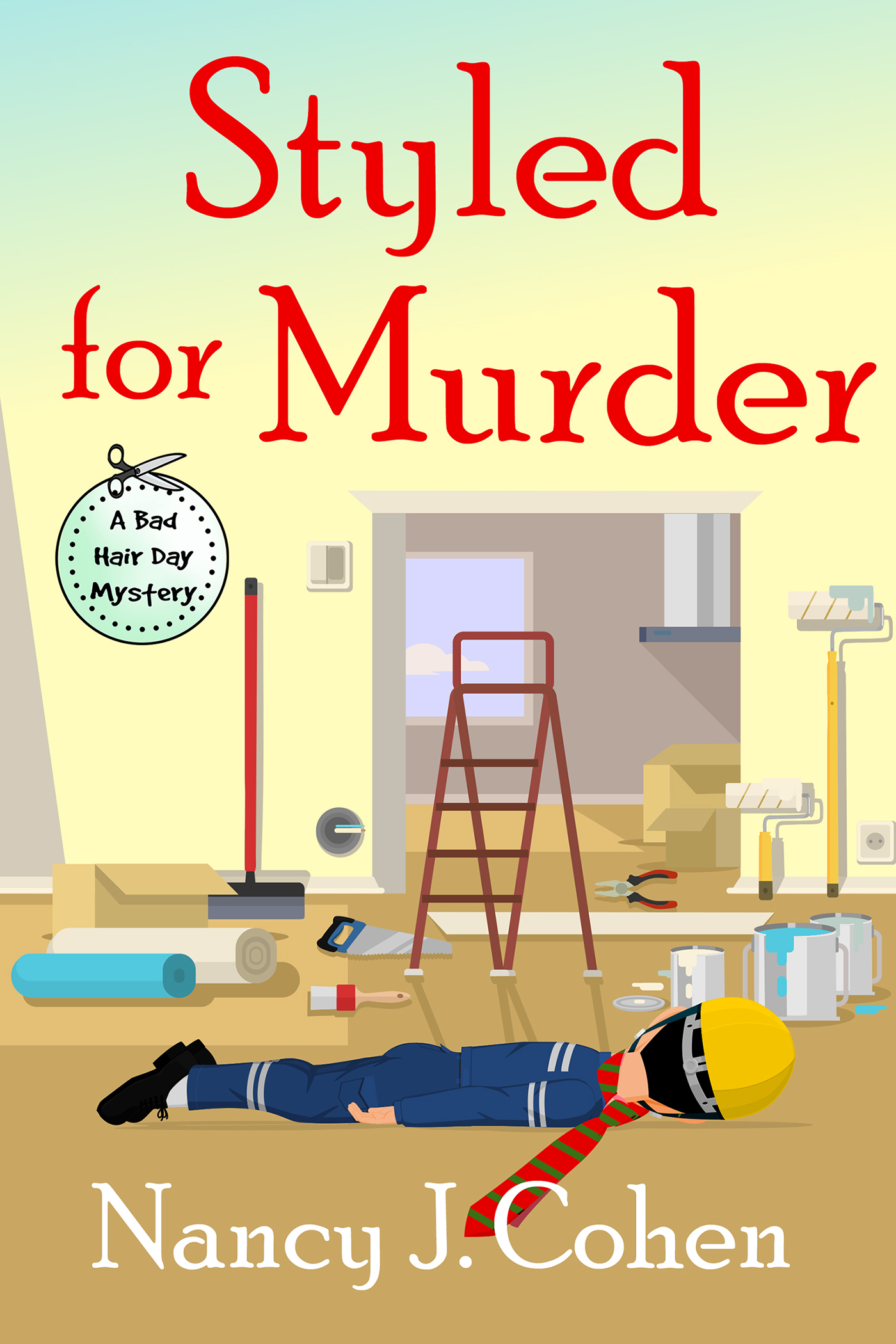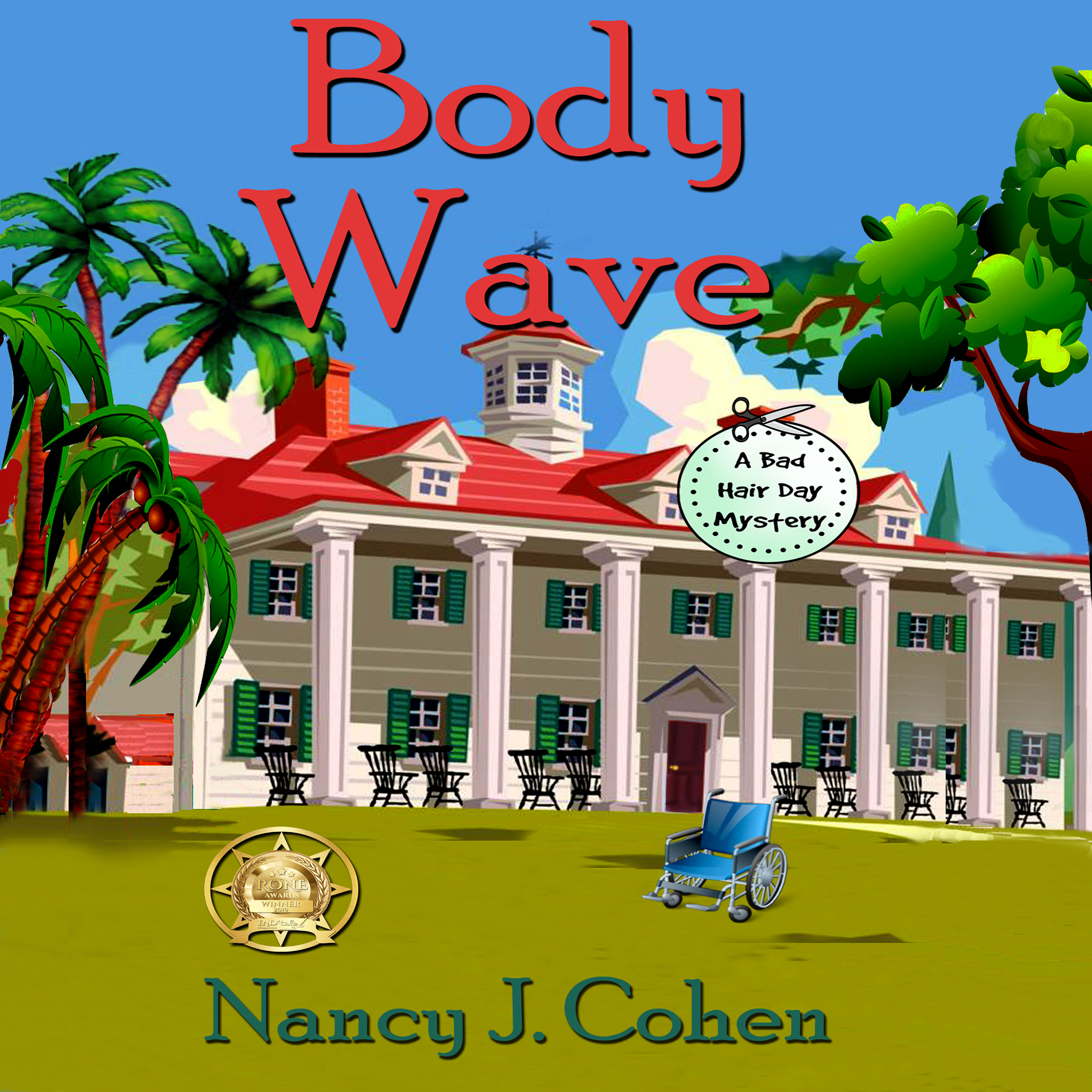An info dump is when you drop a chunk of information on the hapless reader. This can take various forms. Here are some examples:
Overzealous Research
You love your research, and you can’t help sharing it with readers. These excerpts are from Facials Can Be Fatal (Bad Hair Day Mystery #13). The first paragraph is the original. The second one is the revised version.
Original
“The company built houses and rented them to the miners and their families. Single men would have shared a place together, eight to twelve of them in one dwelling. The homes were shotgun style. You could see in through the front door straight back to the rear. Since the miners worked twelve hour shifts, they weren’t all home at the same time. The rent was taken out of their paychecks.”
Revised
“The company built houses and rented them to the miners and their families. Single men often shared a place together. Since they worked twelve hour shifts, they weren’t all home at the same time.”
Original
“The Colorado River Compact of 1922 divided the waters of the Colorado River between seven states and Mexico. Getting it to the farther regions of our state proved difficult. Thus was born the Central Arizona Project Canal, or CAP as we call it. This required pipelines and tunnels to move the water. That can be costly, which is why our cities obtain most of their water supply from underground aquifers. Groundwater is our cheapest and most available resource.”
Revised
“The Colorado River Compact of 1922 divided the resource between several states. The Central Arizona Project Canal, or CAP as we call it, uses pipelines to move the water to the far reaches of our state. That can be costly, which is why many of our cities obtain their water supply from underground aquifers. Groundwater is our cheapest and most available resource.”
Laundry List
Any kind of list runs the risk of being tedious. Here’s a litany of symptoms you might get after being bitten by a rattlesnake. This passage is from Peril by Ponytail (Bad Hair Day Mystery #12):
“You’d have intense burning pain at the site followed by swelling, discoloration of the skin, and hemorrhage. Your blood pressure would drop, accompanied by an increased heart rate as well as nausea and vomiting.”
As this passage wasn’t necessary to my plot, I took it out. Be wary of any list that goes on too long. Here’s another example:
He counted on his fingers all the things he’d have to do: get a haircut, buy a new dress shirt, make a reservation, call for the limo and be sure to stop by a flower shop on the way to Angie’s house.
Do we really need to know all this, or could we say, He ran down his mental to-do list and glanced at his watch with a wince. Could he accomplish everything in one hour flat?
Dialogue
Here’s a snatch of conversation between my sleuth, Marla the hairdresser, and her husband, Detective Dalton Vail:
“I’m going to talk to our next-door neighbor, who happens to be the Homeowners’ Association president,” Dalton told her. “Wait here with Brianna. Since my daughter is a teenager, she won’t understand the argument you and I had yesterday with the guy.”
“Yes, isn’t it something how he made a racist remark?” Marla replied.
“I thought it was kind of Cherry, our association treasurer, to defend you.”
This dialogue could have come from Hanging by a Hair (Bad Hair Day Mystery #11). But why would I have Marla and Dalton talking about something they both already know? This is a fault of new writers who want to get information across. It’s not the way to go, folks. Show, don’t tell. In other words, show us the scene and let it unfold in front of us. Don’t have two characters hack it to death later when they both know what happened. Now if one of these participants were to tell a friend what went down, that would be acceptable.
No doubt you’ve run across info dumps in your readings. Can you think of any further examples or other forms this problem might take?
Avoiding Info Dumps in Your Story #writetip #amwriting Share on X


























Excellent examples, Nancy, of how not to bore one’s readers.
Thanks, Marilyn.
Oh my! What great info to share. You are absolutely on point. Hope to see you soon.
Yes, Carol. See you at SleuthFest?
It’s a great turnoff when the first chapter is a long explanation of the characters and plot previously introduced in an earlier book of the series. I’m sure I will figure it out with some gentle reminders and action based comments.
You are right. Backstory should only be inserted as needed, and flashbacks of any kind are to be avoided. Each book should stand on its own so readers aren’t bewildered by what they missed in previous installments.
So true about not putting all your research on the page. It should be an iceberg, with most of it hidden below the surface in the author’s notes, not the book.
It can be a challenge to get information to readers when both characters already know it. In romance, it’s usually called ‘maid-bulter speech, after the ploy of having the maid and the butler are in the pantry saying, “As you might recall, last Tuesday when the vicar came over in the rain ….” etc., etc. In science fiction, it’s “as you know, Bob” (which we call AYKB in my crit group) Two cops aren’t going to explain what a BOLO is to each other, or how AIFIS works. It can be handy to have a ‘naive’ character in scenes so the ‘in the know’ character can explain things. Also, if character A learns something from Character B and needs to relay the information to Character C later on, it’s important that you find something new to add so it’s not a boring repeat.
Lastly, there is a use for lists if, for example, the author wants to hide a clue. A character might be packing a suitcase, and one of the items is going to be important. But again, it needs to be more than a list. Maybe you’re showing the emotional state of the character, so he’s angrily shoving everything into the suitcase. Your reader picks up on the emotion, and you’ve hidden a clue!
These are great tips, Terry. Thanks for sharing! As for the research, save these topics for your blog tour later.